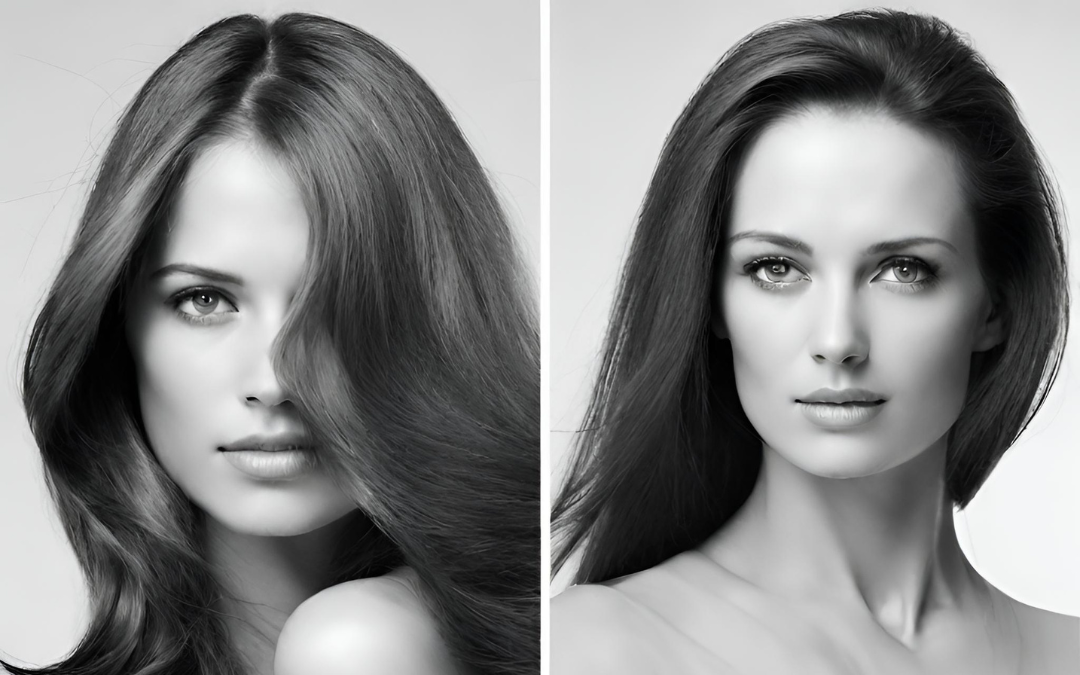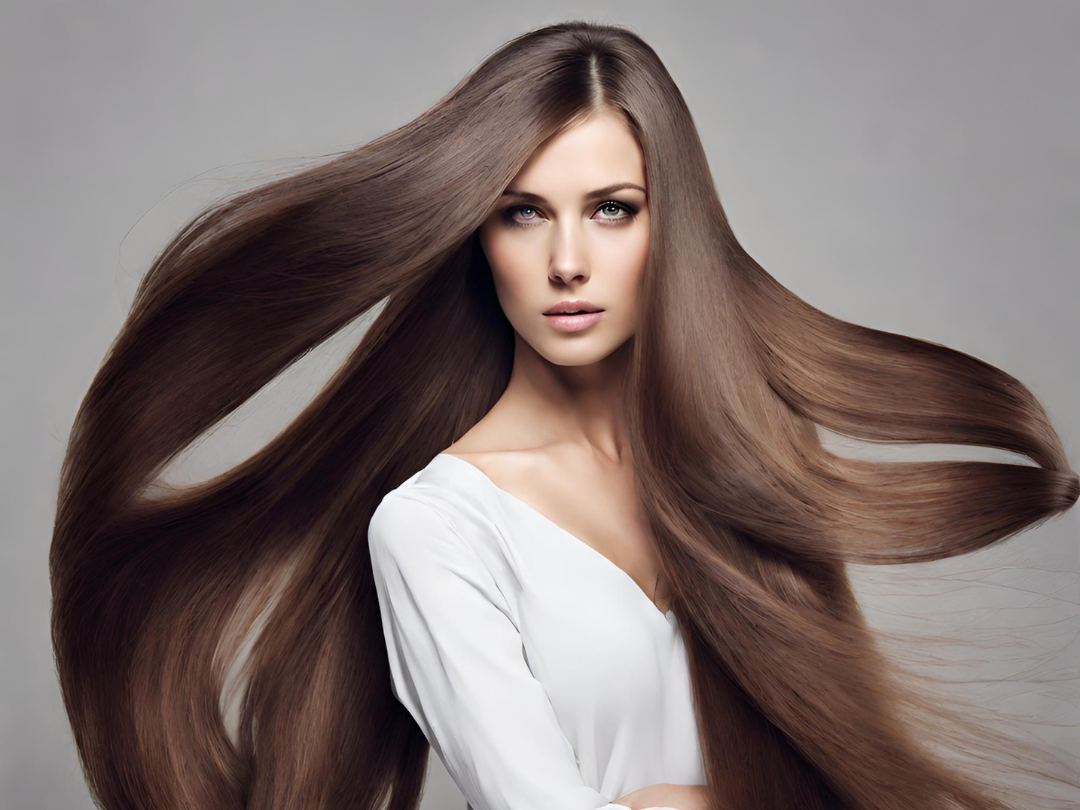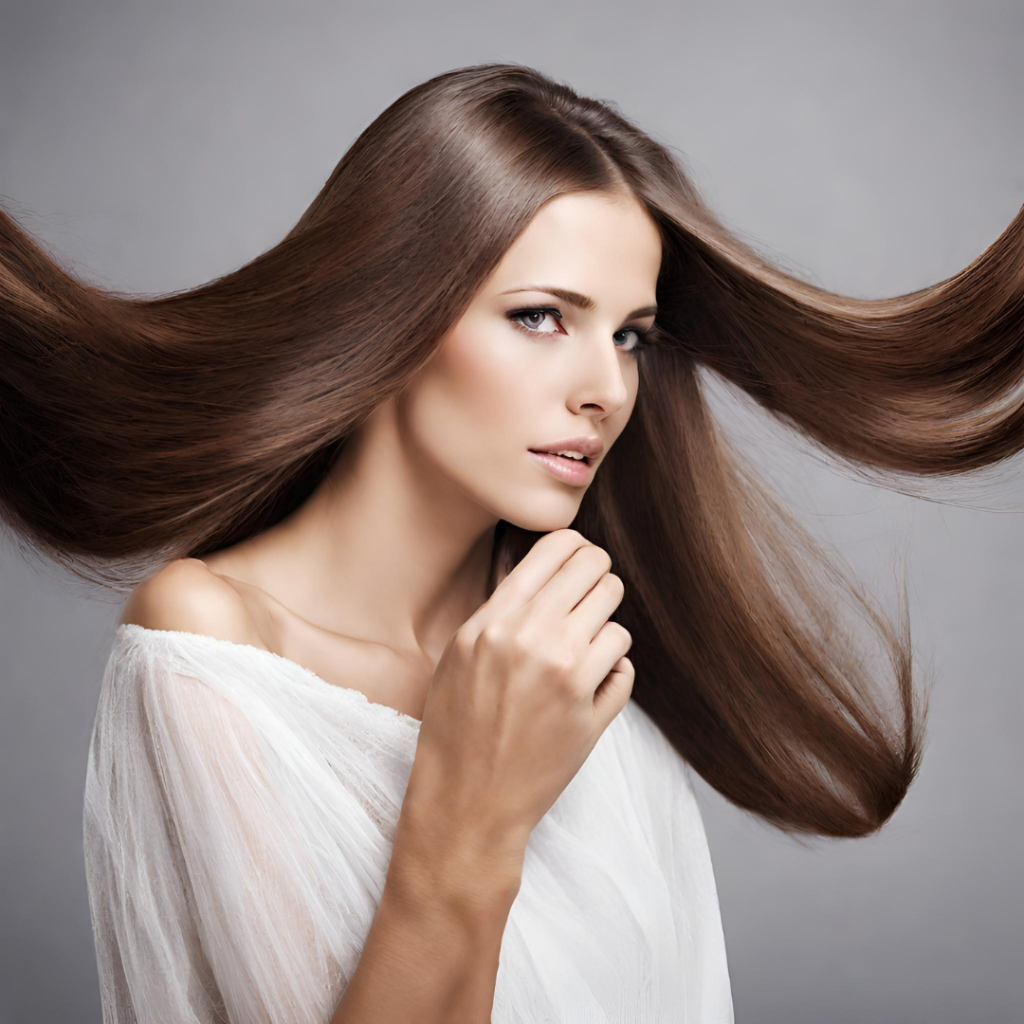Introduction
Hair is not just a biological feature; it’s a significant aspect of our identity, culture, and self-expression. However, for many people, the fear of hair loss looms large. Whether due to genetic predisposition, lifestyle factors, or environmental influences, hair loss can impact self-esteem and overall well-being. In this comprehensive guide, we delve into the intricacies of hair health, exploring preventive measures, treatment options, and holistic approaches to maintaining a luscious mane.

Understanding Hair Loss
The journey to preventing hair loss begins with understanding its underlying mechanisms. Hair growth follows a cyclical pattern, comprising three phases: anagen (growth phase), catagen (transitional phase), and telogen (resting phase). Disruption in this cycle, caused by various factors such as genetics, hormonal changes, and environmental stressors, can lead to hair loss. From pattern baldness to alopecia areata, there are numerous conditions that can affect hair follicles, resulting in thinning or bald patches.
Nutrition and Hair Health
Just as a balanced diet fuels our body’s vitality, it also plays a crucial role in maintaining healthy hair. Essential nutrients like protein, vitamins (particularly B vitamins like biotin), and minerals such as iron and zinc are vital for hair growth and strength. Incorporating foods rich in these nutrients, such as eggs, spinach, nuts, and fish, into your diet can support optimal hair health. Conversely, poor dietary choices lacking in essential nutrients may exacerbate hair loss.
Hair Care Practices for Prevention
Beyond nutrition, proper hair care practices are essential for preventing hair loss and promoting hair strength. Gentle washing techniques using lukewarm water and sulfate-free shampoos can help maintain scalp health and prevent breakage. Selecting hair products tailored to your hair type and avoiding excessive heat styling or chemical treatments can also minimize damage. Additionally, opting for loose hairstyles over tight styles reduces tension on the hair follicles, preventing traction alopecia.

Lifestyle Factors and Hair Loss
Our lifestyle choices profoundly influence our hair health. Chronic stress, often exacerbated by modern living, can disrupt the hair growth cycle and contribute to hair loss. Implementing stress-reducing techniques such as meditation, yoga, or regular exercise can mitigate its adverse effects on hair health. Moreover, habits like smoking and excessive alcohol consumption have been linked to hair loss, emphasizing the importance of adopting healthy lifestyle practices.

The Role of Genetics in Hair Loss
While genetics play a significant role in determining hair loss susceptibility, understanding genetic factors can help individuals proactively manage their hair health. Genetic predispositions, such as androgenetic alopecia, commonly known as male or female pattern baldness, can manifest at different stages of life. Recognizing familial patterns of hair loss and seeking early intervention can mitigate its progression and preserve hair density.
Environmental Factors and Hair Health
Environmental factors, ranging from sun exposure to pollution, can impact hair health and contribute to hair loss. UV radiation from the sun can damage the hair shaft, leading to dryness, brittleness, and breakage. Similarly, exposure to environmental pollutants like dust, smoke, and chemicals can compromise scalp health and impede hair growth. Adapting protective measures such as wearing hats or using UV-protective hair products can safeguard against environmental damage.
Hormonal Changes and Hair Loss
Hormonal fluctuations, inherent to life stages such as puberty, pregnancy, and menopause, can influence hair growth patterns. Androgen hormones, particularly dihydrotestosterone (DHT), play a pivotal role in hair follicle miniaturization, contributing to male and female pattern baldness. Hormonal imbalances stemming from conditions like polycystic ovary syndrome (PCOS) can also trigger hair loss. Understanding the interplay between hormones and hair health enables targeted interventions to mitigate hair loss symptoms.

Age-Related Hair Loss
As we age, our hair undergoes natural changes influenced by hormonal shifts, genetics, and environmental exposures. Age-related hair loss manifests differently in men and women, with male pattern baldness typically characterized by receding hairlines and thinning crowns, while female hair loss often presents as diffuse thinning. Embracing age-related changes with grace and exploring treatment options tailored to individual needs can empower individuals to maintain hair confidence as they mature.
Hair Loss in Women
Hair loss in women can be particularly distressing due to societal beauty standards and gender-specific hair styling practices. While genetics play a role in female pattern hair loss, other factors such as hormonal fluctuations, thyroid disorders, and autoimmune conditions can contribute to hair thinning. Understanding the multifactorial nature of hair loss in women is crucial for accurate diagnosis and personalized treatment approaches. From topical medications to hormonal therapy, a range of options exists to address female hair loss concerns.
Hair Loss in Men
Male pattern baldness, characterized by progressive hair thinning and receding hairlines, is the most common form of hair loss in men. While genetics predominantly influence male pattern baldness, hormonal factors, particularly DHT sensitivity, contribute to its onset and progression. Treatment options for male hair loss encompass topical solutions like minoxidil, oral medications such as finasteride, and surgical interventions like hair transplants. Embracing baldness as a symbol of masculinity and exploring styling options can empower men to embrace their unique hair journey.
Stress and Hair Loss: The Connection

The intricate relationship between stress and hair loss underscores the importance of holistic well-being in maintaining hair health. Telogen effluvium, a form of hair shedding triggered by stress, disrupts the hair growth cycle, leading to excessive hair loss. Implementing stress management techniques, including mindfulness practices, exercise, and adequate sleep, can mitigate the physiological effects of stress on hair follicles. Cultivating resilience and adopting a balanced lifestyle promote not only hair health but overall vitality.
Medical Treatments for Hair Loss
In cases where preventive measures alone are insufficient, medical interventions offer viable solutions for managing hair loss. Topical treatments like minoxidil, applied directly to the scalp, stimulate hair growth and prolong the anagen phase of the hair cycle. Oral medications such as finasteride inhibit the production of DHT, effectively halting hair miniaturization in individuals with male pattern baldness. Surgical options like hair transplantation relocate healthy hair follicles to balding areas, restoring natural hair density and coverage.
Natural Remedies for Hair Loss
For those seeking alternative or complementary approaches to conventional treatments, natural remedies offer a gentle yet effective means of promoting hair health. Herbal supplements like saw palmetto and pumpkin seed oil inhibit the conversion of testosterone to DHT, mitigating hair loss symptoms. Essential oils such as rosemary, peppermint, and lavender possess antioxidant and antimicrobial properties, nourishing the scalp and stimulating hair growth. DIY hair masks incorporating natural ingredients like avocado, coconut oil, and honey provide nourishment and hydration to the hair shaft, enhancing its strength and resilience.
Hair Loss Myths and Misconceptions
In navigating the landscape of hair loss prevention and treatment, it’s essential to discern fact from fiction amidst prevalent myths and misconceptions. From misconceptions about hair washing frequency to myths surrounding hair loss reversal, misinformation can fuel unrealistic expectations and undermine effective hair care practices. By debunking common myths and fostering evidence-based education, individuals can make informed decisions about their hair health journey, free from false promises or unrealistic ideals
Supportive Therapies for Hair Health
Beyond conventional treatments, a myriad of supportive therapies exists to complement hair loss management efforts. Scalp massage

, a time-honored practice rooted in traditional medicine, stimulates blood circulation to the scalp, promoting nutrient delivery to hair follicles. Low-level laser therapy (LLLT) harnesses the power of non-invasive laser technology to stimulate hair growth and prolong the anagen phase of the hair cycle. Platelet-rich plasma (PRP) therapy, derived from the patient’s blood, contains growth factors that nourish hair follicles and promote hair regrowth, offering a natural and minimally invasive approach to hair restoration.
Cultural Perspectives on Hair and Hair Loss
Hair holds profound cultural significance across diverse societies, serving as a symbol of identity, status, and spirituality. From ancient rituals honoring the power of hair to contemporary beauty standards dictating idealized hair aesthetics, cultural perspectives shape individual perceptions of hair and hair loss. By exploring historical practices, cultural taboos, and contemporary trends, we gain insight into the intersection of culture and hair health, fostering cross-cultural understanding and appreciation.
Hair Loss Prevention in Children and Adolescents
While hair loss is commonly associated with adulthood, children and adolescents may also experience hair-related challenges. From temporary hair shedding due to stress or illness to chronic conditions like alopecia areata, childhood hair loss necessitates timely intervention and supportive care. Recognizing the unique needs of pediatric patients and providing age-appropriate resources empowers families to navigate hair loss challenges with compassion and resilience. Whether through medical treatments, supportive therapies, or psychosocial support, holistic approaches to pediatric hair health promote optimal well-being and self-confidence.
Sustainable Hair Care Practices

As awareness of environmental sustainability grows, so too does the demand for eco-friendly hair care solutions. Traditional hair care practices often rely on synthetic chemicals and single-use packaging, contributing to environmental pollution and resource depletion. Embracing sustainable alternatives, such as biodegradable hair products and water-saving techniques, minimizes ecological impact while promoting personal health and well-being. By championing ethical sourcing, renewable resources, and waste reduction initiatives, the beauty industry can pave the way for a greener, more sustainable future.
Conclusion
Hair loss is a complex and multifaceted phenomenon with far-reaching implications for physical appearance, emotional well-being, and quality of life. From genetic predispositions to environmental exposures, numerous factors influence hair health and vitality. By adopting a holistic approach encompassing nutrition, lifestyle modifications, and evidence-based treatments, individuals can proactively manage hair loss symptoms and promote optimal hair health. Embracing one’s unique hair journey, whether through acceptance or intervention, empowers individuals to cultivate confidence, resilience, and self-expression in every strand. As we continue to unravel the mysteries of hair biology and explore innovative solutions for hair loss prevention and treatment, let us embark on this journey together, celebrating the beauty and diversity of our hair in all its forms.
